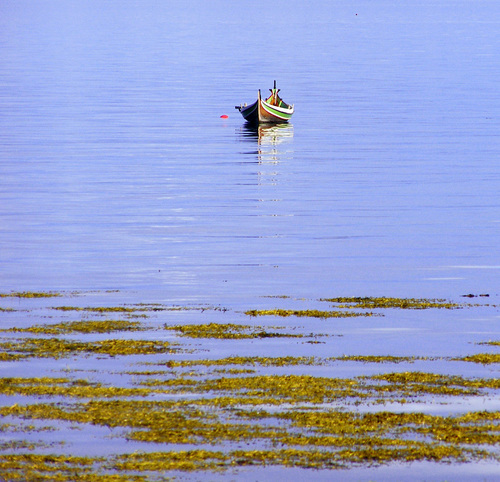Early Kayaks
People all over the world enjoy kayaks today. Riding in these vessels is often considered a relatively modern recreational activity. However, readers may be surprised by the rich history of kayaking. The Inuits are believed to have first developed these types of boats. They were mainly utilised for hunting in lakes, rivers and the sea. Animal skins and whale-bone skeleton frames were vital materials in the construction of early kayaks. Historians tend to believe that they are at least 4,000 years old. However, the oldest existing kayak dates back to the 1500s.
Several Native American tribes are known to have built early kayaks. They often had a design that contained two or three cockpits. This was in order to transport goods and passengers. Sites such as the Guardian contain news stories about the preservation of Native American artefacts. However, there is little written documentation about these vehicles. Tribes would instead pass down their kayak building experience to future generations orally.
The Aleut people of Greenland heavily relied on kayaks in order to hunt seals, whales and caribou. Animal skin was preferred as a covering due to the fact that it glided smoothly in the water.
Contemporary kayaks often have their design origins in the ones created by the native people of Alaska. Wooden frames would be covered in certain fabrics. Johannes Klepper was a businessman who took these design concepts and mass-produced kayaks for European customers. His products had collapsible frames and utilised waterproof rubber to prevent leaks.

